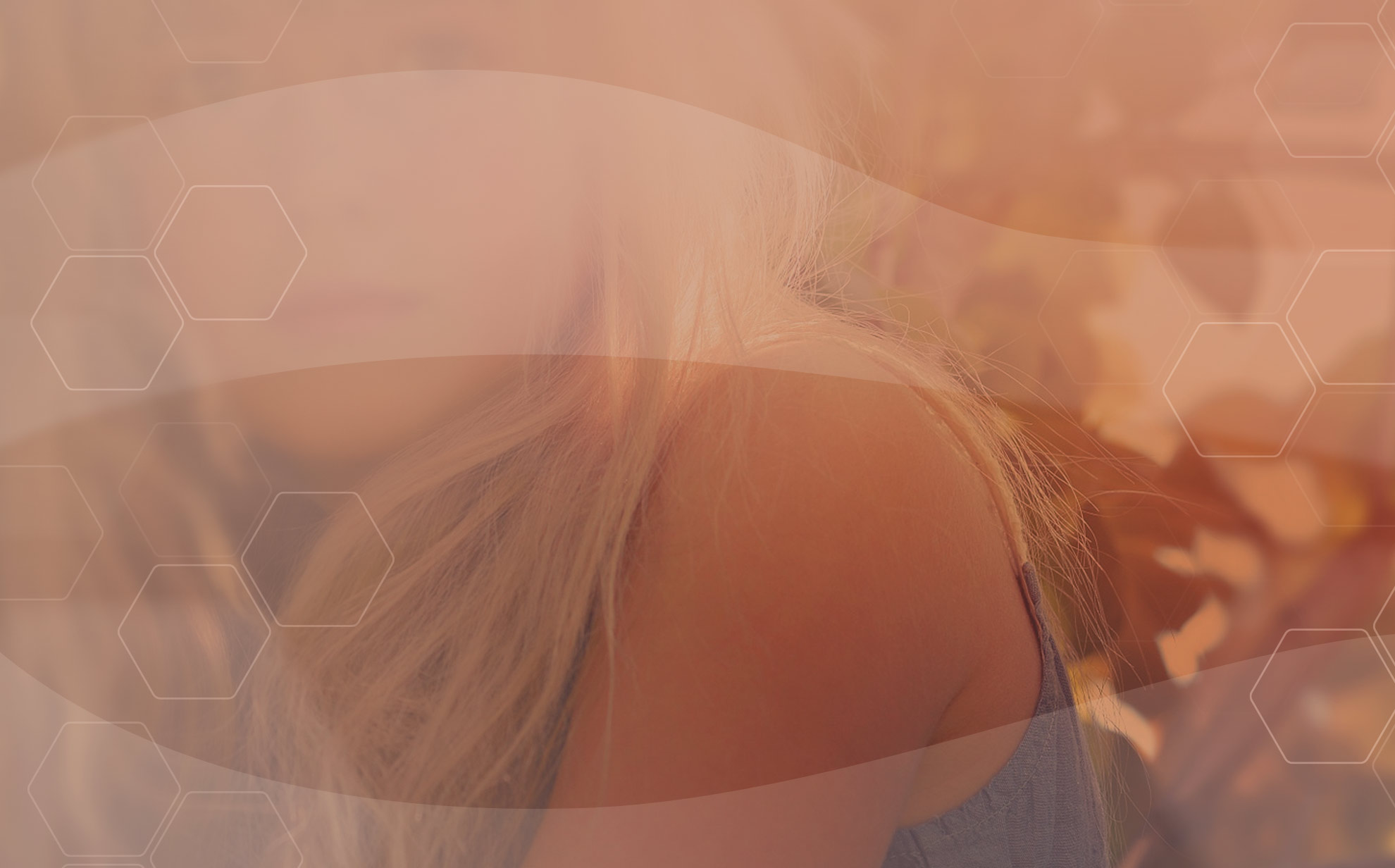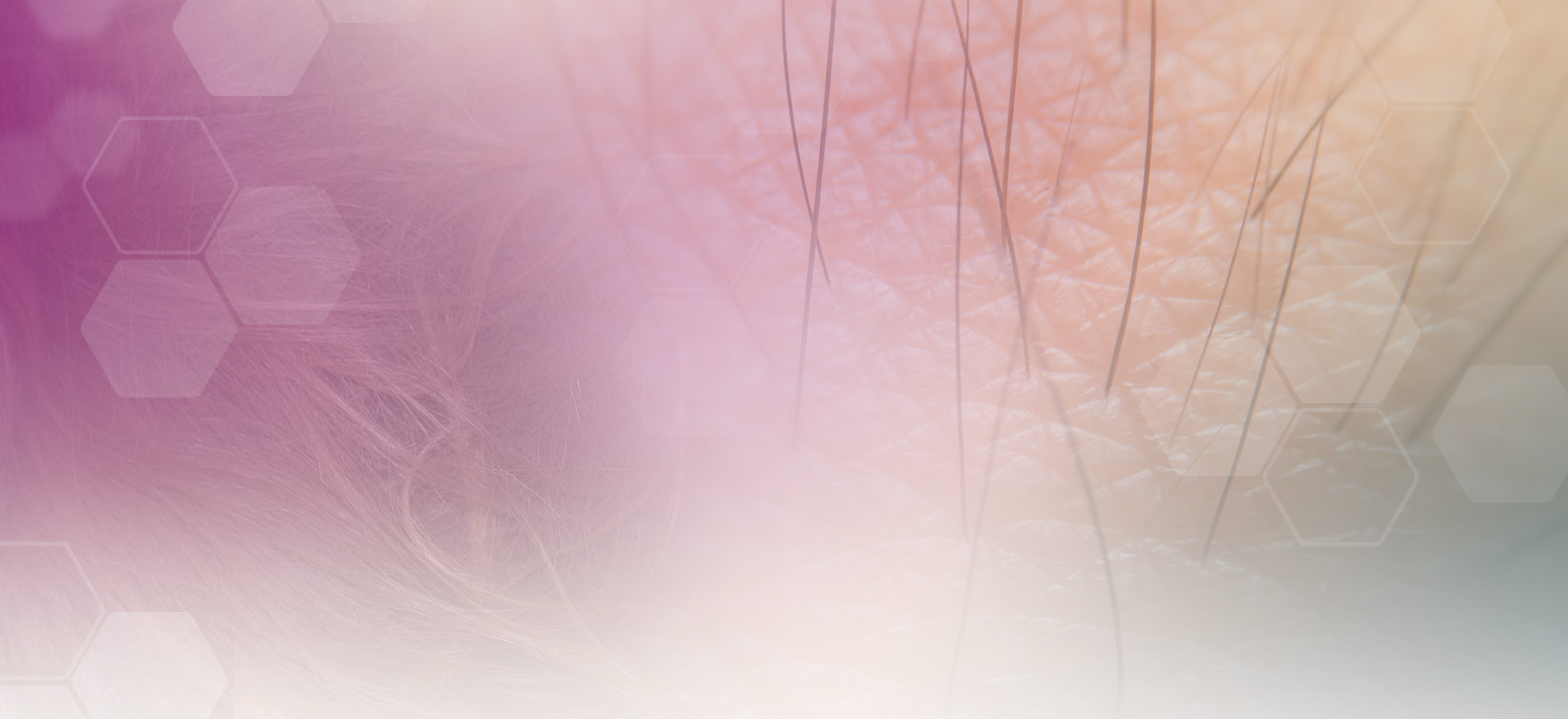
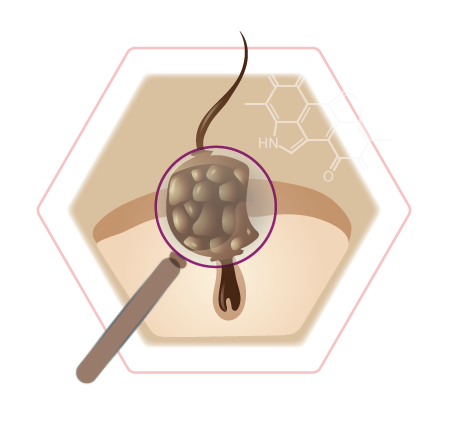
Hair
Biology & Structure
What’s growing out of the skin?
Learn interesting facts and information about hair
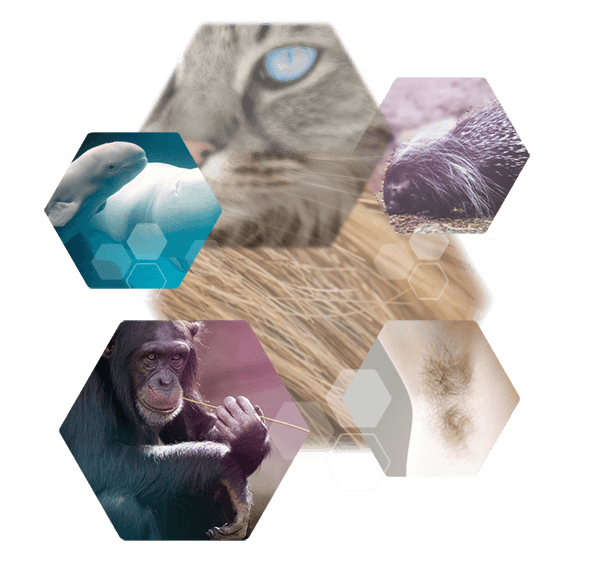
Evolution & Animal kingdom
Where do you find hair? Everywhere!
Hair consists of horn like fingernails, toenails or the claws of many animals. These horn threads growing out of the skin are characteristic of the class of mammals. The whale also has hair – a kind of moustache with individual hairs, but these hairs break off soon after birth. Other mammals, such as hedgehogs or porcupines, have particularly hard defensive hairs.
In humans, a distinction is made between the hair of the head and the hair of the body. In addition to camouflage, defense and touch hair, hair is primarily important for heat regulation. Compared to many other animals, humans have only a very thin body hair. The reason for this is a possible overheating of the body during hunting and the greater exposure to parasites that result in a dense fur.
Human Hair
The head was more exposed to the sun with the upright walk. The hair protects the head well from UV radiation. The pubic hairs and armpits are probably a remnant of our animal ancestors. The evaporation and distribution of pheromones via hairy areas worked more effectively via pubic hair and previously played an important role in sexual interaction.
Another rudiment from past times is the goosebumps – a mechanism that aligns the hairs and, in the case of an animal fur, causes the hairs to form the largest possible insulating “calm” layer of air. This then serves to warm the body or in rare cases to make it look bigger in case of danger from an opponent or enemy.
Functional aspects of hair
Generally, in the animal kingdom, hair reduction can be observed in large animals. Elephants and rhinos have a critical surface area to volume ratio. A dense coat leads to heat accumulation and is detrimental to large animals. Conversely, in smaller animals, dense fur is essential for survival in order to maintain body temperature at a functioning level.
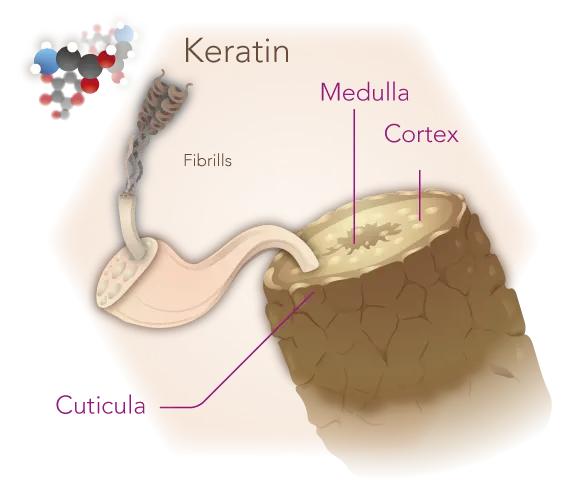
Hair structure
What is hair made of?
The hair as such consists of keratin, a body’s own protein. This is rotated in its compound, as well as arranged in fibrils (bundles) and in turn forms together in the hair the cortex also called hair cortex. These loosen up towards the cross-sectional centre. This area in the middle of the hair is called the medulla or marrow canal.
The different layers
The outer layer, also known as the cuticle or scaly layer, forms a protective sheath of dead, horny cells. This layer is subject to structural changes due to factors such as pH and moisture level. These dynamic changes not only affect the shine of the hair, but also play a decisive role in the absorption and release of moisture. The adaptable nature of the cuticle allows the hair to react to environmental conditions and thus optimize its protective function.
Are hair dead cells?
Hair consists of dead cells that are formed from the keratin protein. The hair follicles, tiny recesses in the skin, continuously produce keratin cells that gradually cornify and become the hair shafts. As this hornification process progresses, the cells lose their cell organelles and their nucleus, leading to their inoperability. The hairs are eventually pushed out of the follicular opening and are no longer alive. Hair nevertheless performs important functions such as protection from sunlight and regulation of body temperature, despite its dead nature.
How the natural hair color is created
Melanin is stored in the hair, which is released into the hair via the melanocytes at the base of the hair. Depending on how much of this dye gets into the hair, the hair is black, brown or blonde. In redheads, a variation of melanin, the so-called phaeomelanin, is stored. In the hair there are still oils and trace elements, as well as traces of blood markers.

The Hair – an organ
The hair is not only the horn thread that is visible to the outside. Rather, it conceals an entire organ. The hair shaft is the obviously protruding part of the hair that is sunk in the hair canal, also called root sheath, in the skin and ends in the hair bulb. Connected to the base is the hair capillary with a blood vessel, which enables the supply of nutrients to the hair matrix or the hair root and thus allows hair growth. The hair follicle is the entirety of the hair, including a sebaceous gland, a small muscle strand around the hair and usually also a nerve strand connected to the hair.
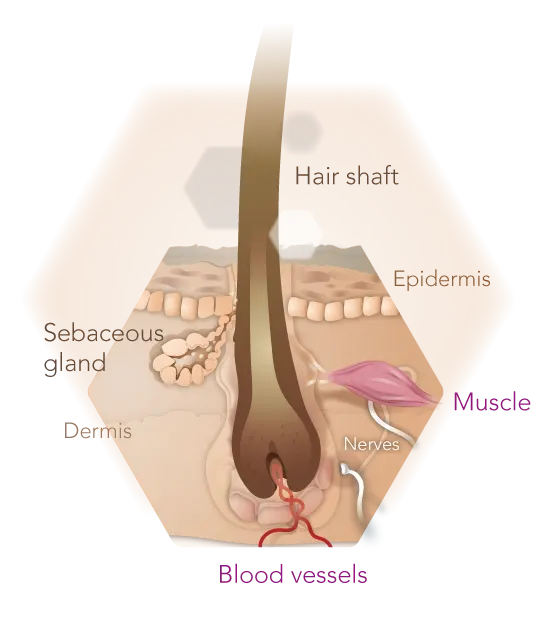
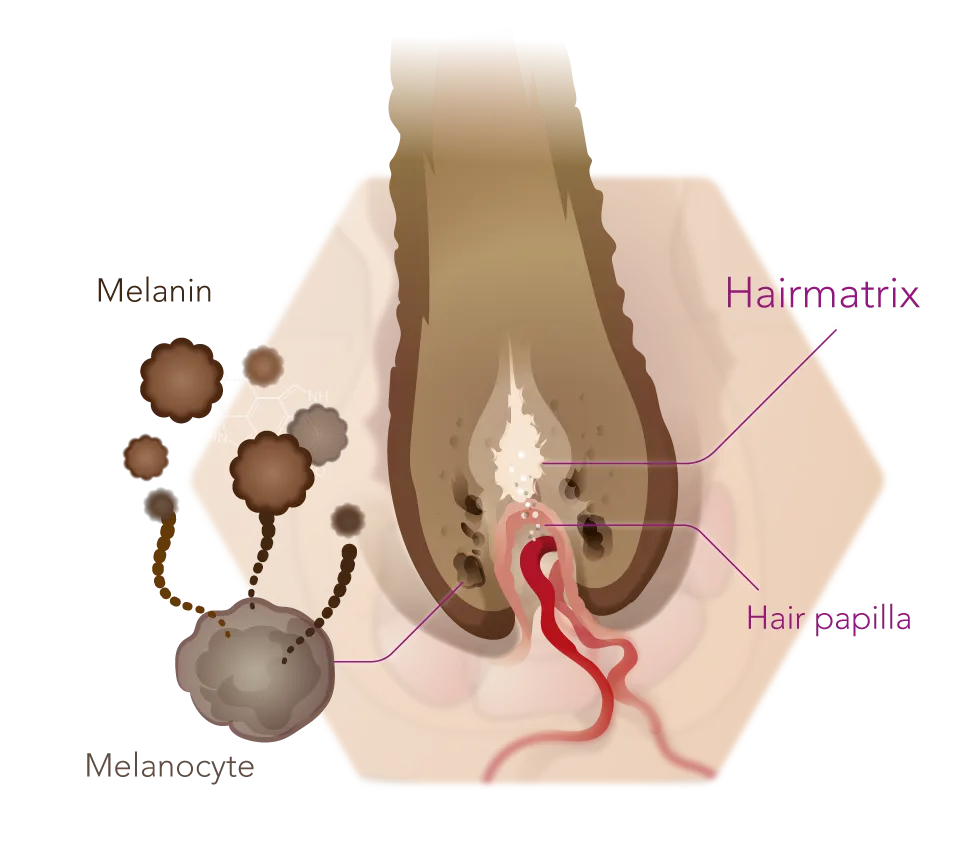
The Human Hair in Focus
Hairgrowth
The hair grows in cycles: it rests, falls out and is re-formed. Learn more about the sequence and stages of hair growth on our website: Hair cycle

Interesting facts about our hair
● Humans have about 125,000 head hairs (black-haired people usually have the most hair with about 150,000 and redheads with about 75,000 the least) hair structures, distributed over the entire body about 5 million. A person loses about 100 hairs per day (these are usually replicated to the same extent)
- ● All hair extensions are already created in the mother’s womb in their final number. The hair roots gradually become active and form hair – a hair root actively forms hair for about 8 years.
● Hair passively absorbs trace elements from the blood during its growth and thus serves as a contemporary witness about the blood composition (drug test)
● The rarest hair color (besides albinism) is red (rutilism) with only about 1%. Depending on the genotype, these individuals have little or no melanin and instead the body’s own dye phaeomelanin.
● A single healthy undamaged hair has a load capacity of almost 3kg
● Cells at the base of the hair replicate the fastest (only cells in the bone marrow are even faster) – because chemotherapy uses targeted toxins, the proliferating cells aka. To damage cancer cells, the matrix cells of the hair are also damaged by their increased metabolism and the hair falls out – the hair roots recover after chemotherapy and form hair again.
● The cross section determines whether the hair is curly or not (oval hair leads to a curved growth and round hair to a smooth hair habit)
● As the hair cross-section is less tapered by the cut to the tip, the hair appears a little stronger and is perceived as “dense” – in fact, a shave has no effect on hair density or hair growth rate.
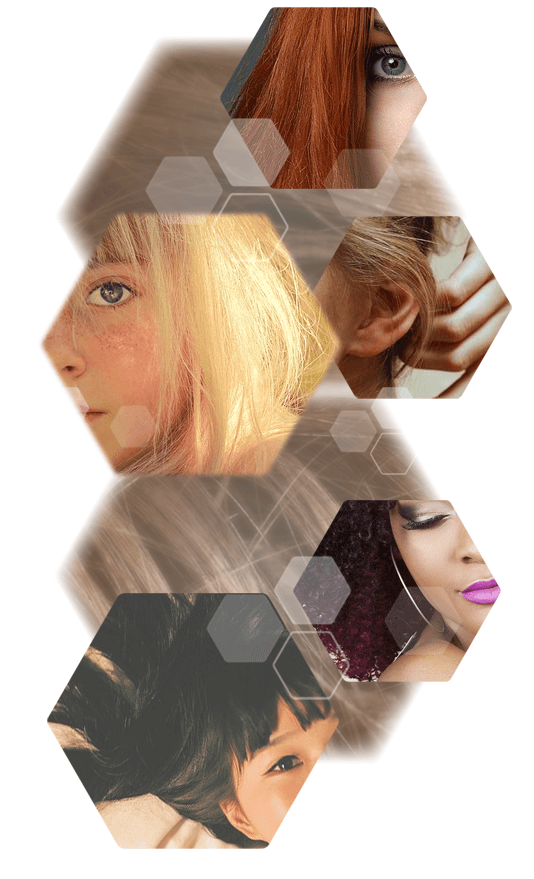
● Hair grows on average about 1cm per month (strong fluctuations in body area and very individual from person to person) – after death also the matrix cells or the hair roots stop their metabolism – the observed lengthening of hair occurs after death, as the dying skin loses moisture and becomes flatter and so resting hair gradually protrudes from the hair canal – the hair does not grow anymore after death.
● Combing allows the natural fats from the sebaceous gland to be distributed more evenly over the hair and the scales of the cuticle of the hair settle down. This changes the refraction of light – the hair looks shinier/smoother.
● The hormones testosterone (male sex hormone) and estrogen (female sex hormone) have an influence on hair growth and hair loss. It is not yet clear what role testosterone has in the formation of baldness in men. It is widely believed that receptors on the follicles react to testosterone or its variants to testosterone in the blood and stop their growth. Testosterone levels in the blood can also be influenced by diet.
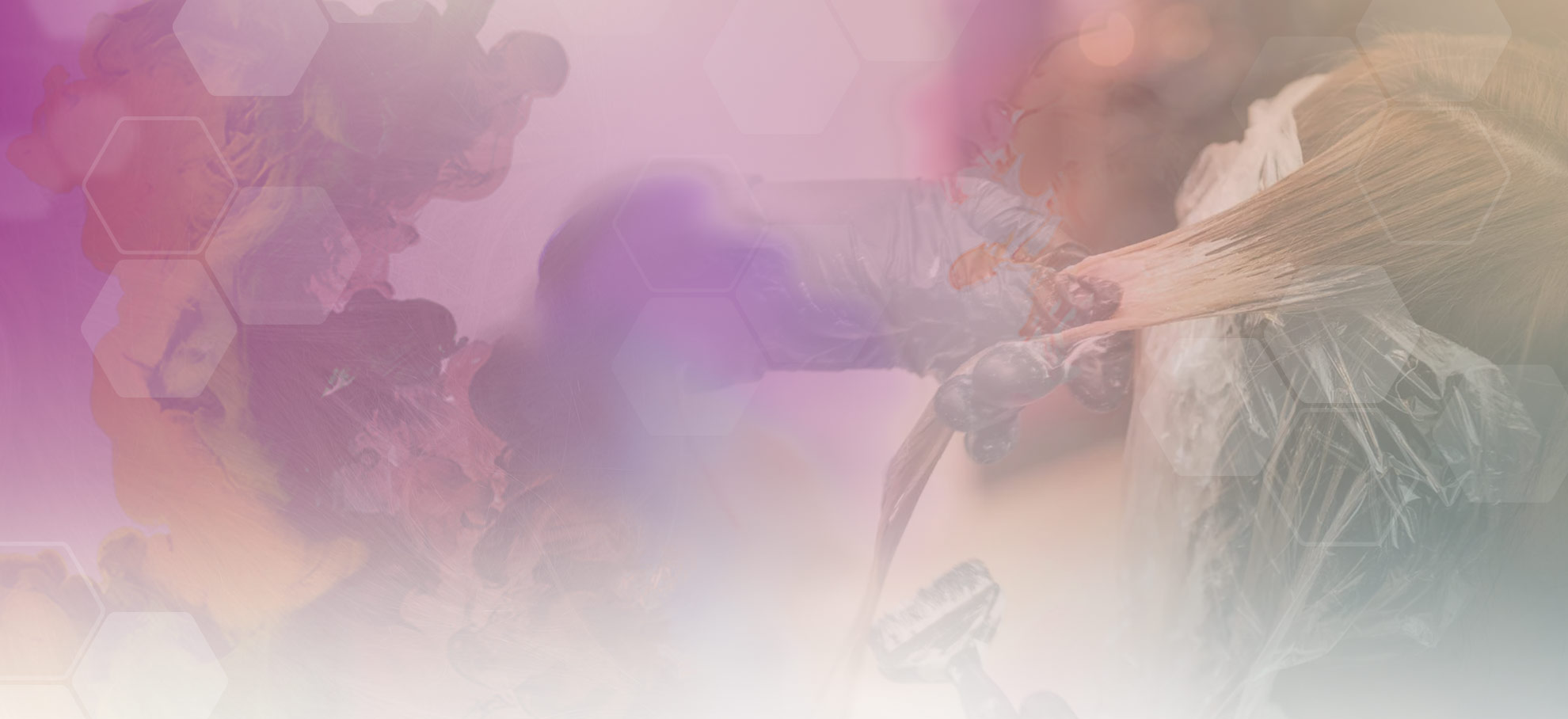
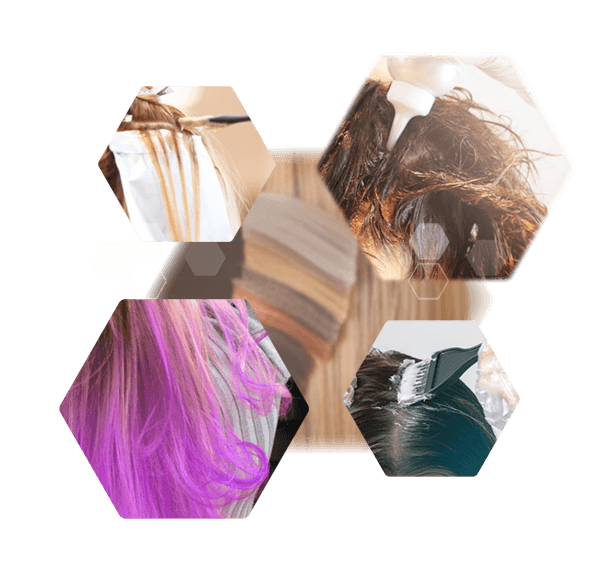
Hair dye
How to dye hair naturally and artificially?
Already more than 3000 years ago, hair was dyed with the natural dyes henna or indigo. Nowadays, a primary distinction is made between two types of dye for hair coloring:
● Oxidizing process: For a clear and intensive change of hair color, so-called oxidants are used in combination with pigments. This method allows a complete coloring of the natural color from significantly darker or, depending on the intensity, up to approx. 3 shades lighter. In contrast to non-oxidative hair dyes, the natural pigments, melanin, of the hair are also affected. Oxidative dyes are permanent and the hair must grow out again to regain its natural color.
● Non-oxidized process: Also called temporary or semi-temporary coloring – the pigments usually only reach the cuticle layer of the hair. The color adjustment is multiplying, i.e. the hair color is usually darker / superimposed – if hair is previously bleached.
Hair removal
As special and important as our hair is, there are parts of the body where a hair is rather undesirable. Freedom of hair offers a permanent* solution for this. Learn more about it here on the site of Haarfreiheit, your expert for permanent hair removal with light and laser.
